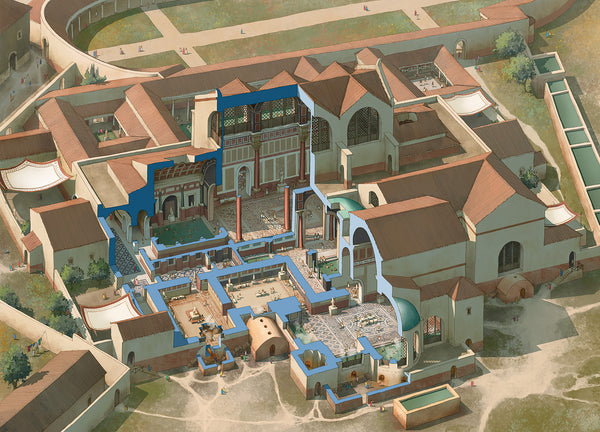The art of fencing
Gründtliche Beschreibung der… Kunst des Fechtens ("A Thorough Description of… the Art of Fencing") is a German fencing manual written by Joachim Meyer and printed in 1570. The book contains an introduction and various sections that describe the process for learning how to fence using different weapons.
The first section focuses on the long sword and proceeds to describe how it should be held with two hands, aspects of stance, strike, withdrawal, etc. Meyer writes: "The long edge is the full length of edge from the fingers onward, directed against your opponent, the short or half edge is the one nearest the thumb, between the thumb and index finger, first finger pointing at the fencer’s self, as if it is imitating the other’s weapon. We will speak as well of the spine of the sword..." Throughout the book, the descriptions and 'lessons' are accompanied by colored illustrations to help guide the learning process.
The second section of the text engages with weapons like the dusack and the rapier, while the third section covers the dagger, wrestling, and various pole weapons. A transcription of the 1570 text (by Michael Chidester) and an English translation (by Mike Rasmusson), along with a reproduction of the illustrations, can be accessed here.
Joachim Meyer's fencing manual of 1570 inspired the centerfold illustration for issue 16 of Medieval World: Culture & Conflict. Created by William Webb, the artwork shows a sixteenth-century German fencing school, based upon the illustrations in Meyer's work. Young, middle-class men, under the tuition of more experienced 'masters of fence', practice with a range of weapons, including the rapier (shown practicing against a variant of the 'Meyer square' diagram), the longsword (using the feder, a practice weapon with a lighter balde and narrow tip to avoid injury), and the dussack (a curved training weapon made of wood or leather, to teach messer or sabre fighting).


